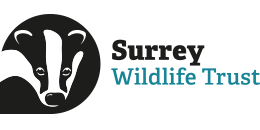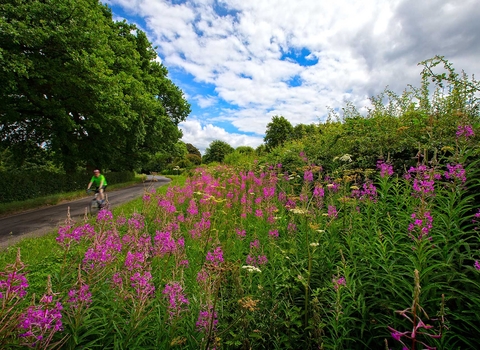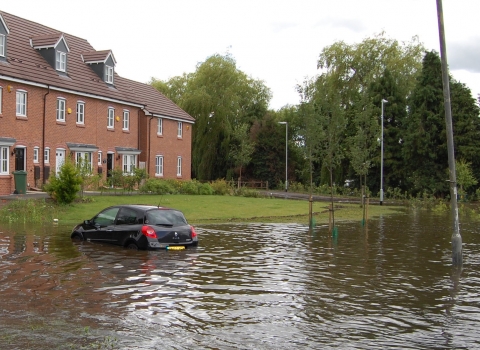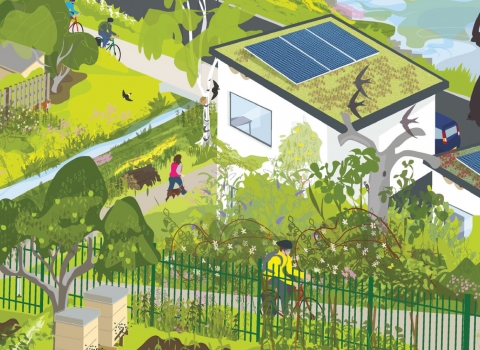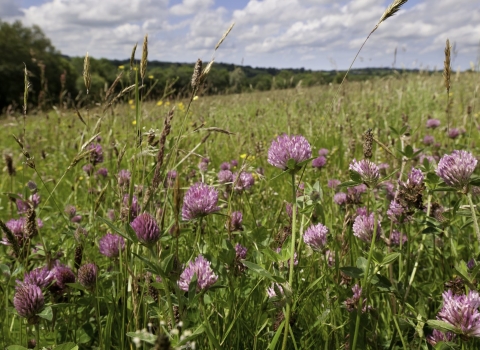From housing estates to farms, nature reserves to road verges, a Nature Recovery Network is a joined-up system of places that allow wildlife and people to thrive.
It allows plants and animals to move across the landscape and provides places for them to live, feed and breed. But It can only do this effectively if, like our road network, it is treated as a joined-up whole.
We believe in a future Surrey where nature is a normal part of childhood and where wildlife thrives across the landscape. Where our urban spaces are green and seeing a variety of wildlife species is an every day experience.
Like most of the UK, Surrey today is a human-dominated landscape.
Many original habitats have gone, and natural ecosystems are fragmented. Heathlands, meadows, ponds and other places with an abundance of wild plants and animals are getting smaller, fewer, more polluted, and more cut-off from each other. Most of our plants and animals are declining. One third face extinction in our county alone.
Given the pressure on land for things like housing, this is not surprising. However, our separation from nature has led to other unintended negative effects. Our lifestyles are unsustainable, our health poor and our access to green space for exercise, relaxation and fresh air, shrinking. No one disputes this – yet our farming and planning systems have often taken us in the opposite direction.
Making space for nature to meet the needs of wildlife and people
Nature conservation in the last century succeeded in protecting some vital wildlife sites through the creation of nature reserves. But wildlife has still declined.
Protected wildlife sites alone are not enough, we also need to provide protection for the many other places in the landscape that are still rich in wildlife despite the many pressures they face and relink Surrey’s disconnected nature reserves.
We need to create a Nature Recovery Network that extends into every part of our towns, villages and countryside, bringing the benefits of a healthy natural world into every part of life. Letting flowers bloom along road verges, installing green roofs across towns, wildlife friendly planting on new housing estates and encouraging whole communities to garden for wild plants and animals.
A network that brings wildlife into every neighbourhood would also provide fairer access to nature for people and the benefits it brings.
Every space in Britain must be used to help wildlife
How to make the network
To work towards a wilder Surrey that is beneficial to people and wildlife, we need the laws, the tools and the people to do it.
Nature Recovery Maps and Plans
For nature to recover, we need Local Nature Recovery Network maps and plans, to identify where good wildlife habitat is already, where it should be and how it will be protected, restored, created and joined together to achieve recovery. The maps would then be used for local planning decisions and to target investment of agricultural funding, net gain contributions and more. So we are calling for laws to require all relevant parts of central and local government to work together to map, plan and create a Nature Recovery Network.
Biodiversity Opportunity Areas
In Surrey we are focusing on key areas across the county called Biodiversity Opportunity Areas (BOAs), to maximising our impact on the ground. This means working together with other organisations and communities to restore large areas of habitat.
30by30
The Wildlife Trusts are calling for at least 30% of our land and sea to be connected and protected for nature’s recovery by 2030. Making more space for nature to become abundant once again will give our struggling wildlife the chance to recover and also restore beautiful wild places - places that store carbon and help to tackle the climate crisis.
Recent news
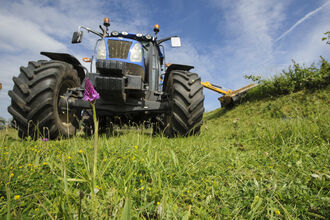
Nightmare before Christmas: worst environmental regression in decades looms
Labour’s list of broken promises mounts

The Wildlife Trusts respond: new MP report finds nature not a “blocker” to housing delivery
The cross-party Environmental Audit Committee (EAC) have branded recent anti-nature rhetoric from the Treasury as a ‘lazy narrative’…
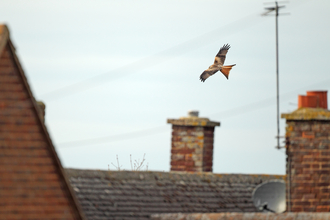
UK Government amendments on the Planning and Infrastructure Bill – a welcome step forward, but not the end of the road
After months of campaigning by The Wildlife Trusts and other environmental organisations, the UK Government has tabled amendments to add…
